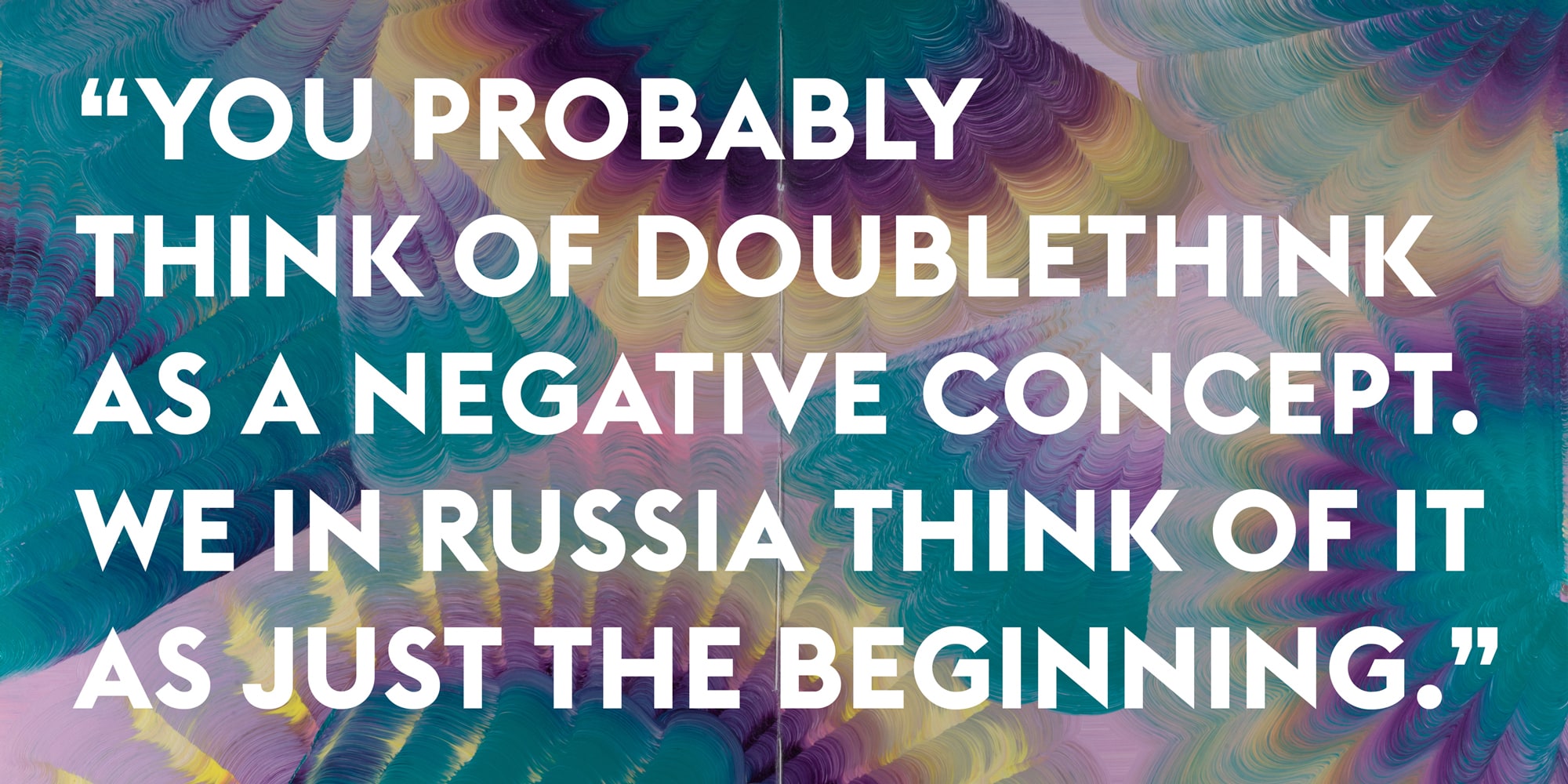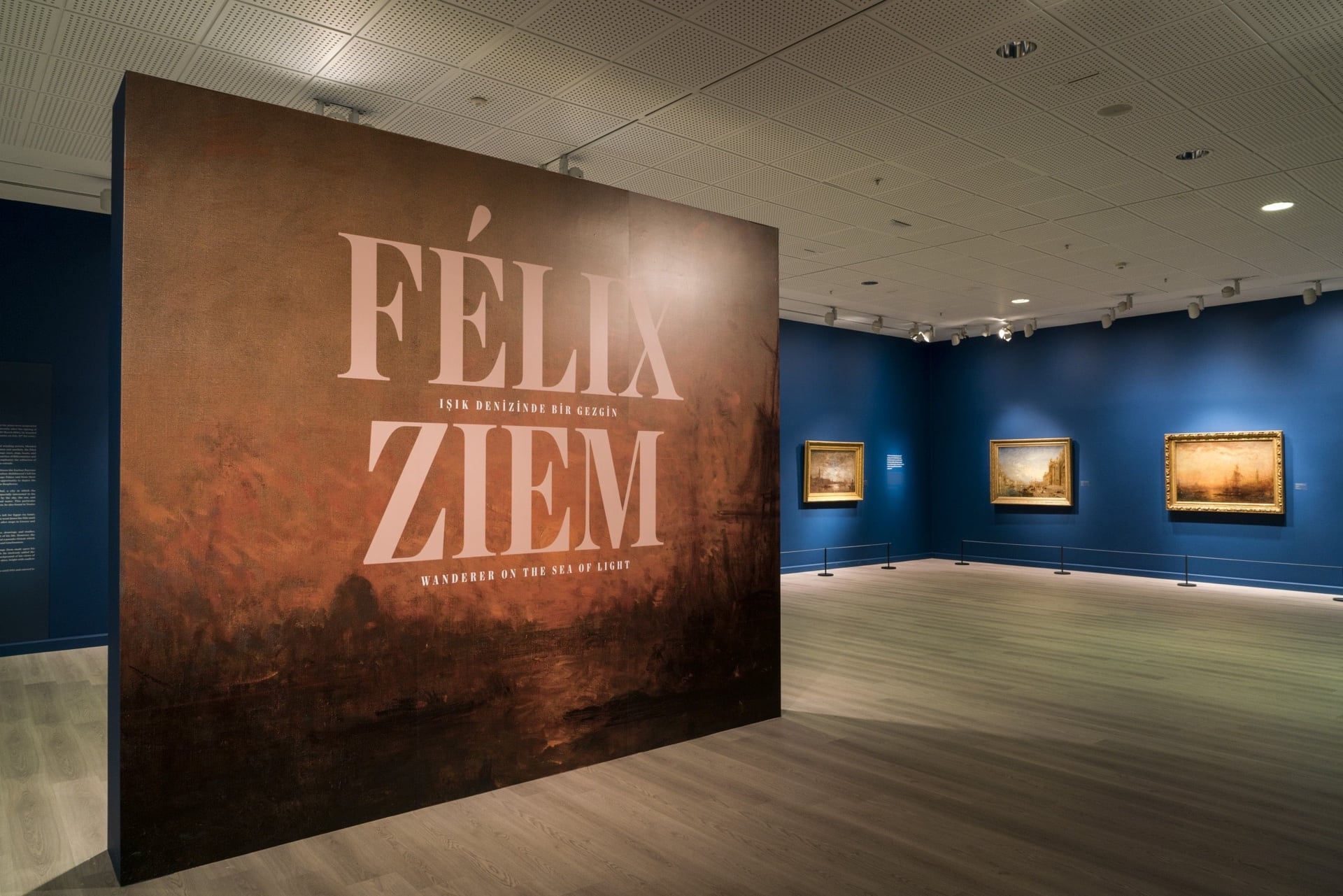Spain, Japan, 2008–2009, DV, 16mm, color, 43’
Spanish and English with Turkish subtitles
The seven-part correspondence between Isaki Lacuesta und Naomi Kawase, who had only briefly met beforehand at a festival, revolves around proximity and distance as well as what it actually means to meet someone and get to know them. Their joint film In Between Days shows scenes from their private lives, including intimate moments in home-movie style, sometimes without sound, as well as images of journeys to faraway countries, of a natural history museum in Catalonia, of prayers in Japan and of excerpts from a silent film by Segundo de Chomón, the Spanish Méliès.

Our institutions have been stuck on linear Neo-Platonic tracks for 24 centuries. These antiquated processes of deduction have lost their authority. Just like art it has fallen off its pedestal. Legal, educational and constitutional systems rigidly subscribe to these; they are 100% text based.

Pera Museum presents an exhibition of French artist Félix Ziem, one of the most original landscape painters of the 19th century. The exhibition Wanderer on the Sea of Light presents Ziem as an artist who left his mark on 19th century painting and who is mostly known for his paintings of Istanbul and Venice, where the city and the sea are intertwined.
Tuesday - Saturday 10:00 - 19:00
Friday 10:00 - 22:00
Sunday 12:00 - 18:00
The museum is closed on Mondays.
On Wednesdays, the students can
visit the museum free of admission.
Full ticket: 300 TL
Discounted: 150 TL
Groups: 200 TL (minimum 10 people)